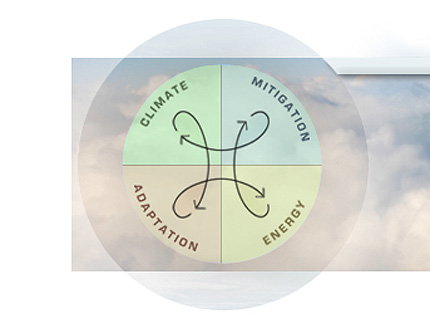[fusion_builder_container hundred_percent=”yes” overflow=”visible”][fusion_builder_row][fusion_builder_column type=”1_1″ background_position=”left top” background_color=”” border_size=”” border_color=”” border_style=”solid” spacing=”yes” background_image=”” background_repeat=”no-repeat” padding=”” margin_top=”0px” margin_bottom=”0px” class=”” id=”” animation_type=”” animation_speed=”0.3″ animation_direction=”left” hide_on_mobile=”no” center_content=”no” min_height=”none”]
Thomas Doherty took part in the Yale Climate and Energy Institute Workshop: Scenario Planning for Solar Radiation Management, a 1.5 day workshop sponsored by the Yale Climate & Energy Institute in New Haven, Connecticut on September 9-10, 2011. The event was co-sponsored by CIGI (The Centre for International Governance Innovation) and YCELP (The Yale Center for Environmental Law and Policy).
The workshop focused on geoengineering strategies which attempt to manage the amount of solar energy reaching the earth, particularly by dispersing particles into the stratosphere. Solar-shading proposals, some of which could be implemented fairly quickly and with relatively few resources, exemplify both the promise and the problem of geoengineering. By their very nature, such strategies are intended to have dramatic global effects, and therefore can only be understood in light of an immensely complicated scientific, political, regulatory and ethical environment which must be considered from multiple perspectives at once.
Invitations were extended not only to climate scientists, ethicists, and international lawyers, but to defense experts, environmental psychologists, mitigation and adaptation experts, sociologists, historians, political scientists, agricultural biologists and others.[/fusion_builder_column][/fusion_builder_row][/fusion_builder_container]
